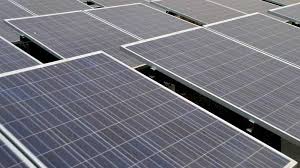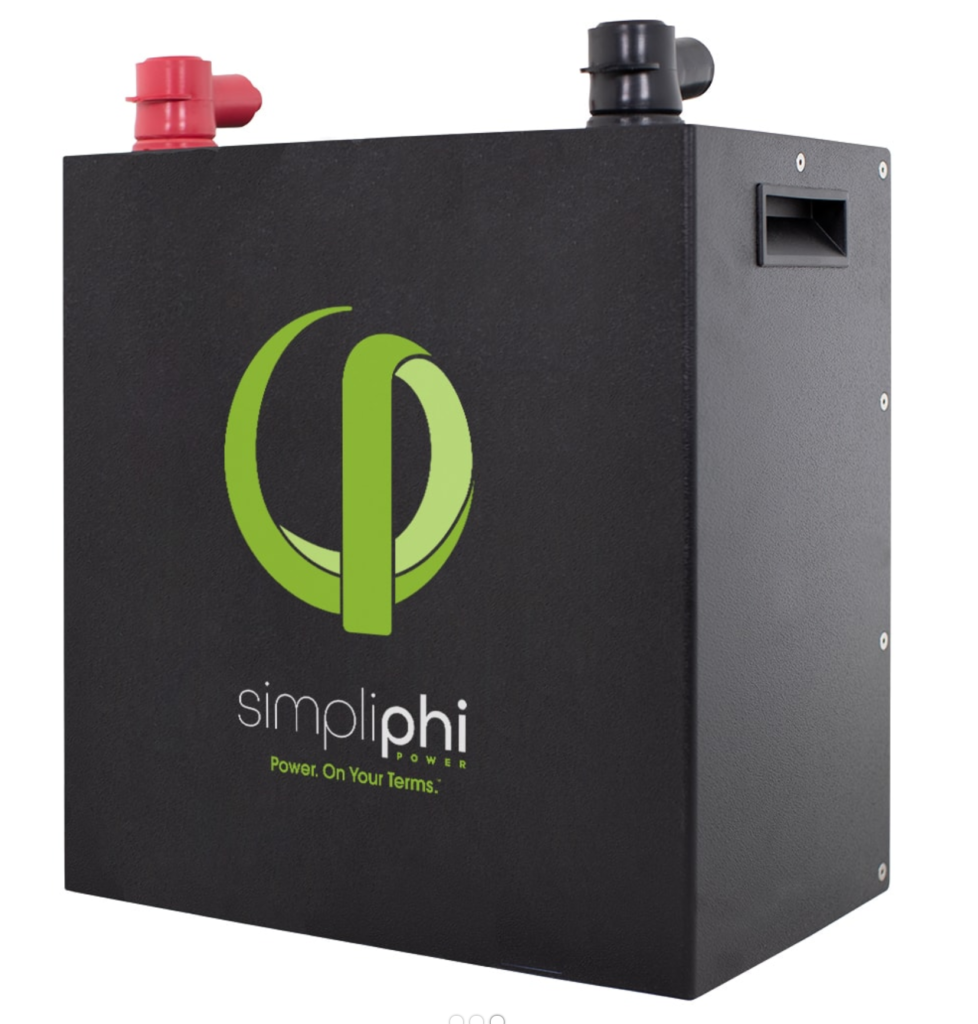
Now that the interior finish walls are moving quickly along, it’s time to return to utilities. I know, I know, this is kinda backwards from the way conventional houses (and many tiny houses) are built, but if you know me, you also know that while I can put on a decent show of it, I’m not actually all that conventional. It follows that neither would be a home I built, yes? Yes.
What drives the strange sequencing of things in the HomeBox is that the utilities are not distributed inside the walls. There’s a good reason for this: the walls are full of now-solid spray foam insulation. There’s no way to pull wires or run pipes through that stuff after the fact without destroying both the insulation and the wall all along the route (unlike fiberglass, say, where you can slide stuff in and out of there through small access holes). Due to the way-finding nature of this design, I was not prepared to commit all my wires and pipes to specific loci when it was time for insulation. Okay, then, utilities outside the walls. This isn’t really a problem, but it is unusual. Anyway, that’s why things are the way they are with respect to what happens when.
And speaking of what happens when, what’s happening now is I’m thinking about my electrical system again. Some months ago, I did a worksheet where I estimated the electrical load for the future homestead, knowing absolutely zero facts. I know what you’re thinking: dude, how can you do an electrical load worksheet without facts? The answer is that while you don’t start with facts, you can generate some! So I went shopping. I went shopping for refrigerators. I shopped for water pressure systems. I looked at well pumps. I checked the power requirements for the electrical parts of the water heater and furnace I plan to use. Add a typical microwave. Add lighting. Add wastewater lift pump. Then consult the All Knowing Anus to learn approximately how many minutes per day each of these is likely to be run. Presto: facts. Now, these facts aren’t true facts, but they’re a moderately useful guesstimate and that’s enough for the purposes of sizing an electrical system. I mean, do I kneed 2kWh/day or 5kWh/day? That’s the scale of question I’m asking at this point, not where does each outlet go or will I buy the 400W fridge or the 500W fridge. And now I have the answer. My best guess was about 2900Wh/day, so I’m looking at solar systems which are nominally 3500Wh/day because while I don’t know in what way my AKA-generated facts are wrong, I do know they can’t possibly be right, despite the aforesaid anus’ insistence on -ahem- rectitude.
As some of you may recall, I had gone through the estimate/quote process with a solar provider some months ago, only to have them ghost me. That was very strange. The conversation was going along nicely – no conflict, no tension, no reason to think there was anything wrong at all. Then suddenly, crickets. There’s only one thing I can think of that rationally explains it: I opted out of their marketing emails and I wonder if so doing actually caused all their outgoing email to me to be silently discarded, too, even the direct person-to-person stuff. No idea. Also: solving their technical problems is not my job. I found another provider. This one is nearby in Massachusetts, even, which is nice. The first was in California. I don’t really care where they’re located, per se, but I like the idea of working with a local company both because it means I can visit them (or they, me) if needs be but also because it means they’re likely to really understand New England winters, something which is of critical importance when it comes to solar array design.
I have a new quote for a 3500Wh/day system. This stuff ain’t cheap.

It’s not actually the PV panels themselves that drives the cost. The charger/inverter is a big chunk but what really drains the wallet is the battery system.
Allow me to introduce you to what $3,000 gets you in terms of battery.
This one module (approx 14″ square face and 8″ deep) can hold enough energy to run my home at peak usage for an entire day.
These LFP batteries have some impressive specs, such as 10,000 cycle life at 80% depth-of-discharge (that’s 27 years if discharged once a day). They come with a 10-year warranty. If you know anything about ordinary lead batteries, you know how impressive this is. And if you don’t, let me just tell you: THIS IS IMPRESSIVE.
And it’s $3000. And if I want to survive the winter where it can be Very Dark Indeed for days on end, I really need a few of these to ensure that even when the sun barely makes it to my array, that I have enough stored power to get me through. It would be unusual that the array generated nothing on any given day, but 30% wouldn’t be crazy if it was really gray out. So, yeah, maybe three of these to get me through a particularly dark week. Hey, look, there goes $9,000!
Yeah, about that.
They quoted me a $14,000 system, 9k of which is battery. Whoa Johnny! That would, by far, be the most expensive system in the house. I’m certain it’s a good investment, but it’s a lot of cash up front, to be sure. Hm. I may need to get creative. Or a loan. Or maybe those stock options Triax promised me will suddenly be worth a hundred grand or more 🙂